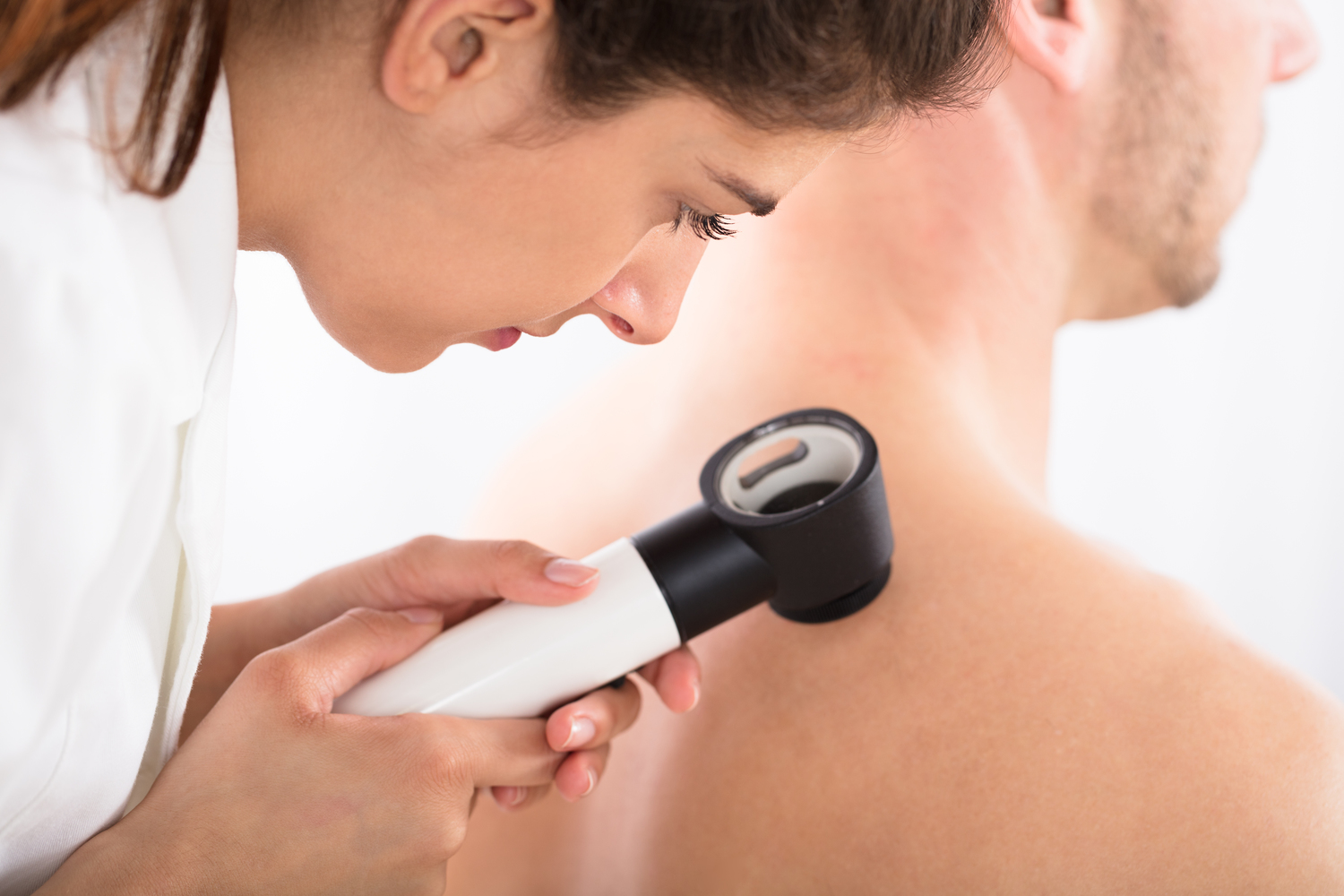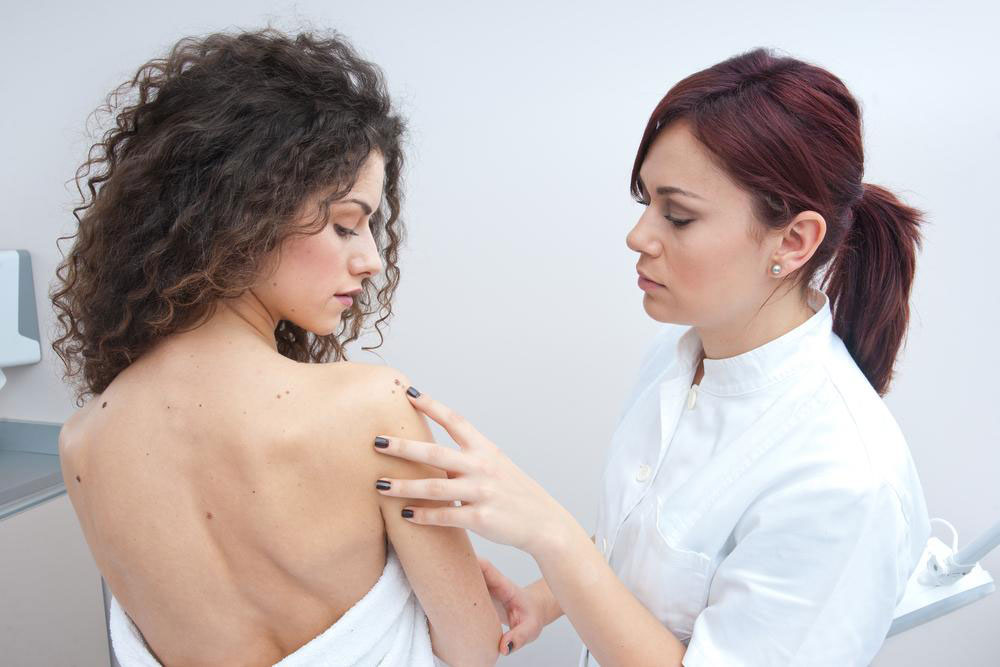Essential Insights into Bacterial Skin Infections and Effective Treatment Options
This comprehensive guide explores bacterial skin infections, including cellulitis, erysipelas, folliculitis, and hot tub folliculitis. It covers risk factors, symptoms, and treatment strategies, emphasizing the importance of proper diagnosis and timely medical intervention. Whether minor or severe, understanding these infections helps in effective management and prevention. The article is essential for healthcare providers and individuals seeking to learn about bacterial skin conditions and their care.

Essential Insights into Bacterial Skin Infections and Effective Treatment Options
Bacterial skin infections include a variety of conditions ranging from minor irritations to serious health threats. While mild cases may be managed with home remedies or over-the-counter products, severe infections often need medical attention. Recognizing these infections, understanding risk factors, and knowing treatment options are vital for proper care. This guide provides key information about common bacterial skin infections, their causes, symptoms, and effective treatments.
Who Is Most at Risk for Bacterial Skin Infections?
Multiple factors can increase vulnerability, including:
Individuals with diabetes are at higher risk due to impaired immune response from elevated blood sugar levels, especially on hands and feet.
Older adults face greater susceptibility as immune defenses weaken with age.
People with immune system conditions like HIV/AIDS or hepatitis are more prone to infections.
Patients receiving immunosuppressive therapies such as chemotherapy are at increased risk.
Damaged skin from sunburns, cuts, or injuries can open pathways for bacteria to enter.
Understanding Cellulitis
Cellulitis is a bacterial infection affecting deeper skin layers, including the dermis and subcutaneous tissue.
It often begins on the surface and spreads inward, causing redness, swelling, pain, and warmth.
Fever may accompany symptoms, especially if the infection worsens.
Commonly seen on the legs, it can also affect the face, hands, or arms, often starting from skin injuries like cuts or burns.
Risk factors include skin conditions, varicose veins, obesity, leg swelling, and diabetes.
Erysipelas: An Acute Skin Infection
Erysipelas appears as bright red, raised skin with clearly defined borders, often with streaking in lymphatic vessels.
Typically affecting the legs and face, it may develop without visible wounds and mimic flu symptoms.
Those with weakened immune systems, lymphedema, or chronic illnesses like diabetes are more susceptible.
It is caused exclusively by beta-hemolytic Streptococcus bacteria and generally responds well to penicillin therapy.
Folliculitis: Infection of Hair Follicles
Folliculitis involves bacterial infection of hair follicles, presenting as small, yellow pustules.
Common triggers include friction, injury, excessive sweating, water exposure, and tight clothing.
Staphylococcus aureus is a primary causative bacterium, especially in immunocompromised individuals.
Minor infections tend to resolve quickly with topical antibiotics such as erythromycin or mupirocin, reducing inflammation.
Hot Tub Folliculitis: Causes and Management
This infection results from Pseudomonas aeruginosa bacteria, often acquired from contaminated hot tubs.
Healthy skin can resist infection; symptoms typically improve within a week without specific treatment.
Applying warm, damp cloths can help soothe discomfort.
Over-the-counter remedies may help alleviate symptoms, but consulting a healthcare professional is recommended before starting any therapy.


